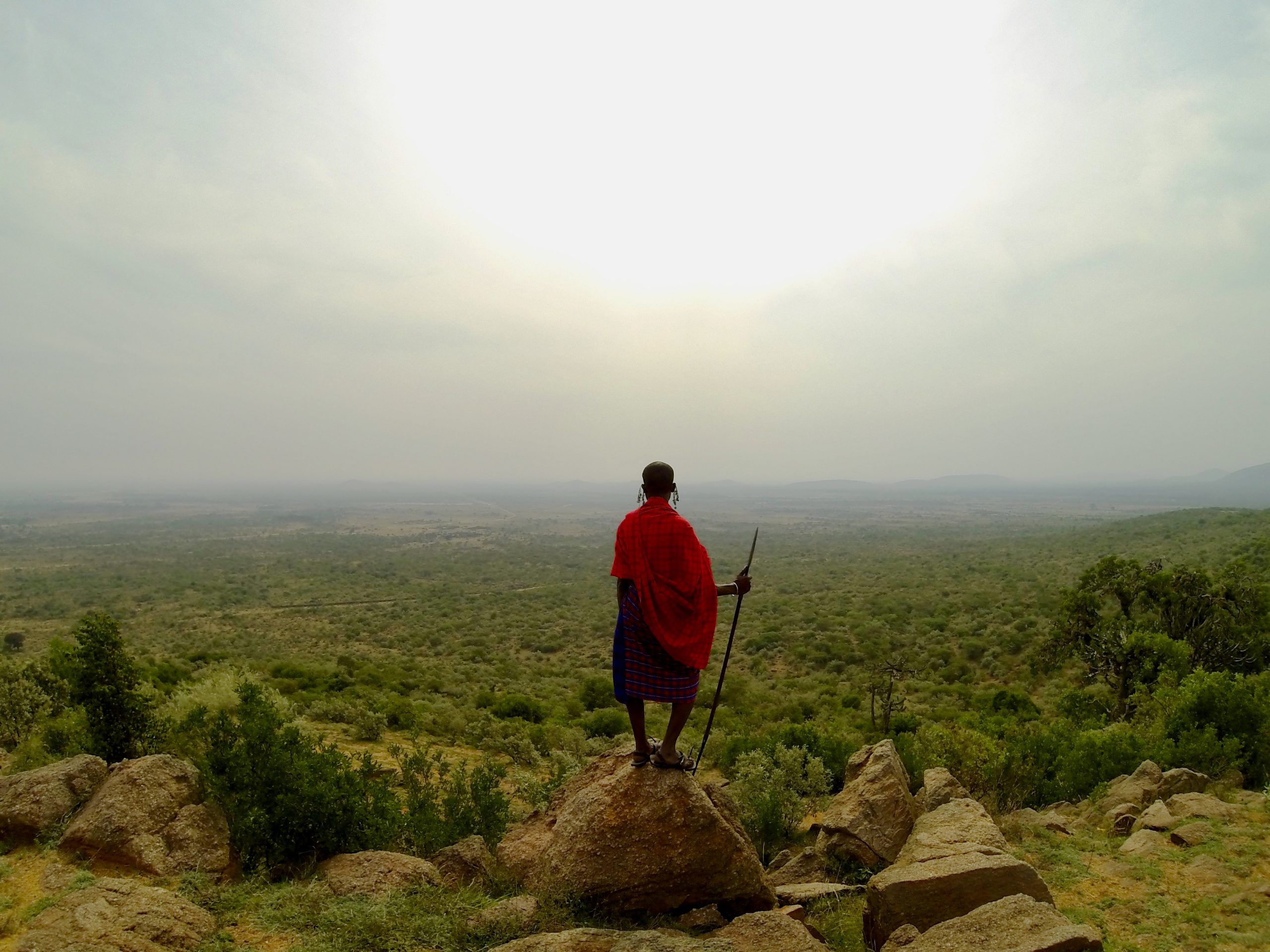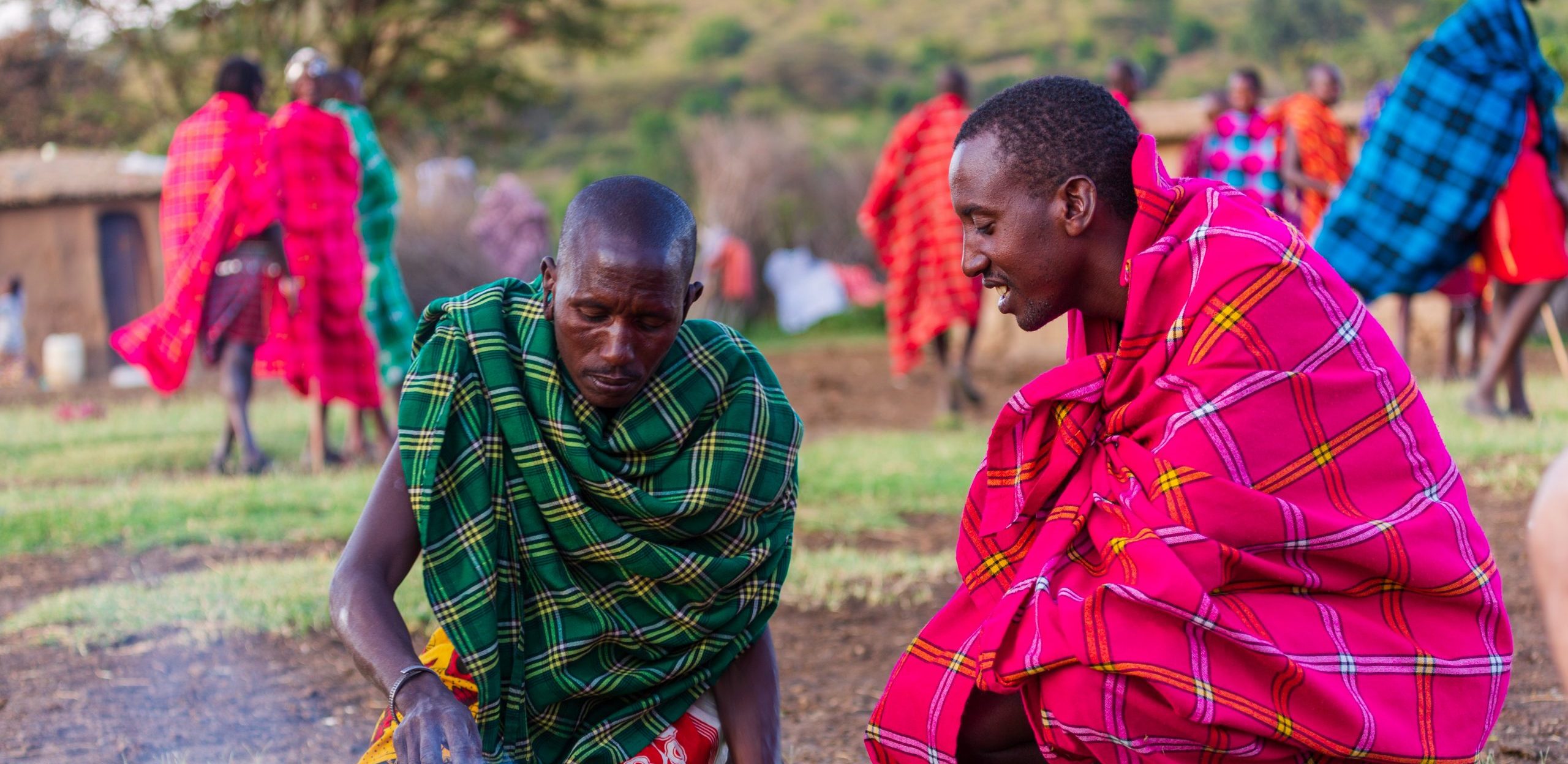Around half of Kenya’s land area is thought to be community land. Through colonization, rights over communal land were subordinated to the interests of state and private rights. The process of land seizure, sub-division and selling continued in the post-colonial era. However, in 2010 Kenya’s new constitution recognized ‘community land’ as a class of land holding equivalent in status to freehold. A process for registering this land was then laid down in the Community Land Act (CLA) of 2016.

The Indigenous Peoples and local communities of Kenya are mainly pastoralists and hunter-gatherers, as well as fishing communities and small hold farmers. They have all faced land and resource insecurity, poor representation and exclusion, gender discrimination, forced evictions and corruption, contributing to conflict and violence. Other land related issues such as severe drought and land degradation have also influenced resource conflicts. The area of traditional pastoral land in Kenya is on the decrease due to expansions in agriculture and mining, and communities have found it increasingly difficult to continue their way of life.
Kenya has endured a long history of land conflicts, dating back to its colonial period when German and British settlers enforced policies and practices that ejected communities from their customary land and turned ethnic groups against one another. Over the past decades, Kenya has taken large strides in correcting colonial legislation, however much more remains to be done.
In 2009, the National Land Policy was implemented, mandating land restitution for those who have been dispossessed and aiming to strengthen customary land tenure. The implementation of the policy and the constitution of 2010 is ongoing and has resulted in a number of progressive laws that recognize community land for the first time.

The National Land Commission (NLC) derives its mandate from the Constitution, and its mandate includes that it initiates investigations into historical or present land injustices and can recommend appropriate redress. There has been a call for historical injustice claims to be lodged, and to date many of these have relate to colonial displacement, inequitable land adjudication, incomplete land acquisition, natural resource conflicts, forceful evictions and natural disasters.
In many respects, the status of customary land rights in Kenya remained similar to that in other African countries through the 20th century until the implementation of the Community Land Act. The Community Land Act came into effect on 21st of September 2016, aiming to provide a classification for community land; thus stating that community lands shall be held by communities, and provide the recognition, protection and registration of community land rights, as well as management and administration of these lands. Currently, the Kenyan Constitution guarantees the right to property ownership, while ensuring equitable access to land and security of land rights, however without acknowledging historical landlessness or gender equality.
For a Land Governance Assessment Framework (LGAF), go here.
For a timeline of land and forest rights in Kenya, click here.
To learn more about the work of the Tenure Facility’s partners in Kenya see the project below